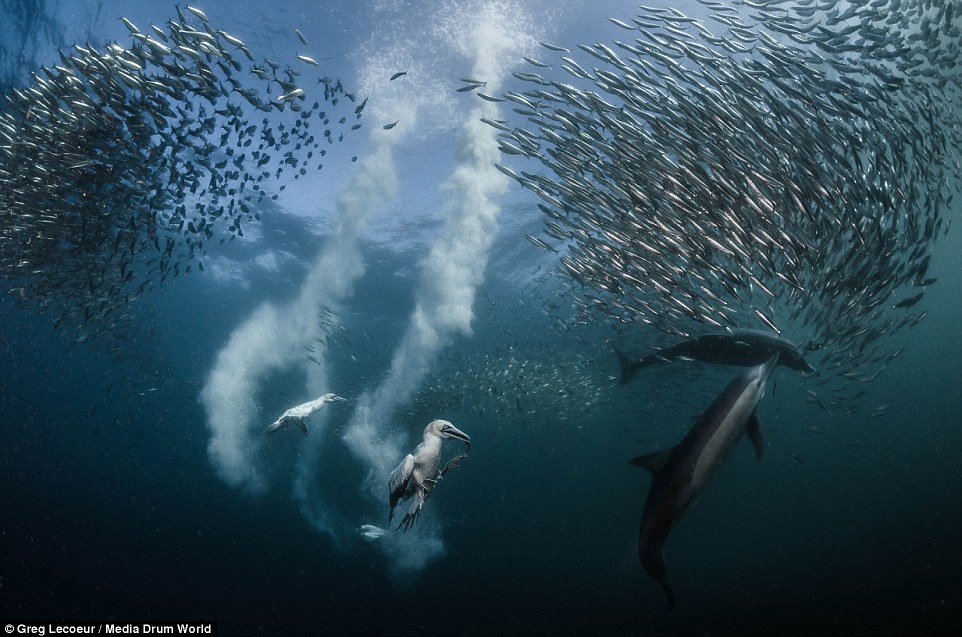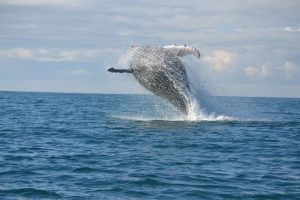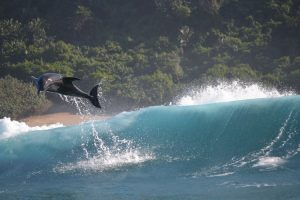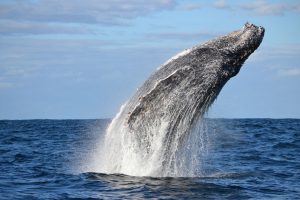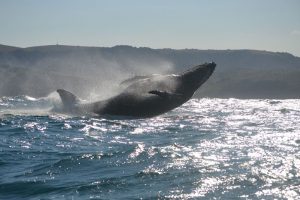Sardine Run featuring our Cape Gannets
Sardine run featuring our Cape Gannets is the first part in a series about the Sardine Run with information and images that we are sharing with you.
Not only is it knowledge that is being gained, it also assists in understanding how vital the sardine run period is for many of our ocean inhabitants.
Sardine run featuring our Cape Gannets
The Cape Gannet seabird is undeniably another major predator on the annual sardine run https://offshoreportstjohns.com/product/the-sardine-run-6-nights-5-days/ and one of our absolutely favourite in water and underwater encounters.
During the annual sardine run ocean safari, so many people focus on the common dolphins and, at times, the excitement of witnessing the super pods of common dolphins. We are in awe as to the different species of sharks and of course the ever famous silver fish aka sardines, in various species. But not everyone realizes just how incredible the Cape Gannet bird is in the greater scheme of the hunt. Not everyone understands just how hugely skilled and talented these birds really are…….
To explain………..The Cape Gannet (Morus capensis) is a large seabird of the gannet family.
They are easily identified by their large size, black & white plumage and distinctive yellow crown and hind neck. Never mind their beautiful blue eyes too. The pale blue bill is pointed with fine serrations near the tip, perhaps because of the depth and speed of the gannets’ dive when fishing. Gannets hit the water at speeds of between 40kmph & 120kmph. Its’ beak has no external nostrils into which the water might be forced. Facial air sacs under their skin cushion the impact with the water.
They are easy to identify. At closer range, the very distinct golden crown and nape of the neck area, dark bill makes identification easy. Juveniles and the immature birds are dark brown with a pale bill.
Cape Gannet pairs may remain together over several seasons. They perform elaborate greeting rituals at the nest, stretching their bills and necks skywards and gently tapping bills together.
Cape Gannets begin breeding in August/September. Both parents are actively involved in the incubation phase which lasts 42-46 days until hatching. They use their foot webs to incubate the egg. The foot webs, which are richly irrigated with blood vessels, are wrapped around the egg.
The hatchling is black, naked & blind, weighing only about 70g. But within 3 weeks its body mass is one third of that of an adult. At 8 weeks the chick outweighs the adult and this remains until it becomes a fledgling at between 95-105 days of age.
These birds are not only powerful flyers but incredible plunge divers too. They are able to plunge dive from a considerable height and are capable of diving to 20m in depth. In watching these birds, we often find that the higher up they plunge dive from, the deeper the food source is. The closer to the water surface they plunge dive from, the closer to the surface the food source is.
Their breeding range is restricted to Southern Africa in islands off Namibia and South Africa. They normally nest in large and dense colonies on flat islands or on flat ledges of the steeply sloping Mercury Island off Namibia. The largest colony of Cape Gannets, with over 140 000 birds, is found on Malgas Island (Langebaan) South Africa. We also have a large colony on Bird Island (Lamberts Bay) South Africa.
In all respects, the Cape Gannet is a highly skilled acrobatic hunter and is incredible to witness underwater. Not only does it sound like a gun fire when it plunges at speed into the water, it is almost comical looking once underwater, having lost its beautiful colourful appearance and the beautiful blue eyes are almost dark in colour when underwater. Flapping its wings to chase after fish, first 1 and then another and capable of ingesting more than 1 sardine on 1 dive before popping back to the surface, makes this bird incredibly unique in many ways.
Aside from all these acrobatic and hunting techniques, they are not scared to be part of the madness on a bait ball or fast moving action, where sharks, dolphins and sardines chase at high speed to grab their meal. They are in on the action and play their vital role amidst all of the chaos.
So take a closer look at these birds with a renewed bit of knowledge about them and their fascinating capabilities. They are comical to watch and yet highly skilled hunters in their own right and certainly not afraid to be part of all the chaos that takes place in the water.

